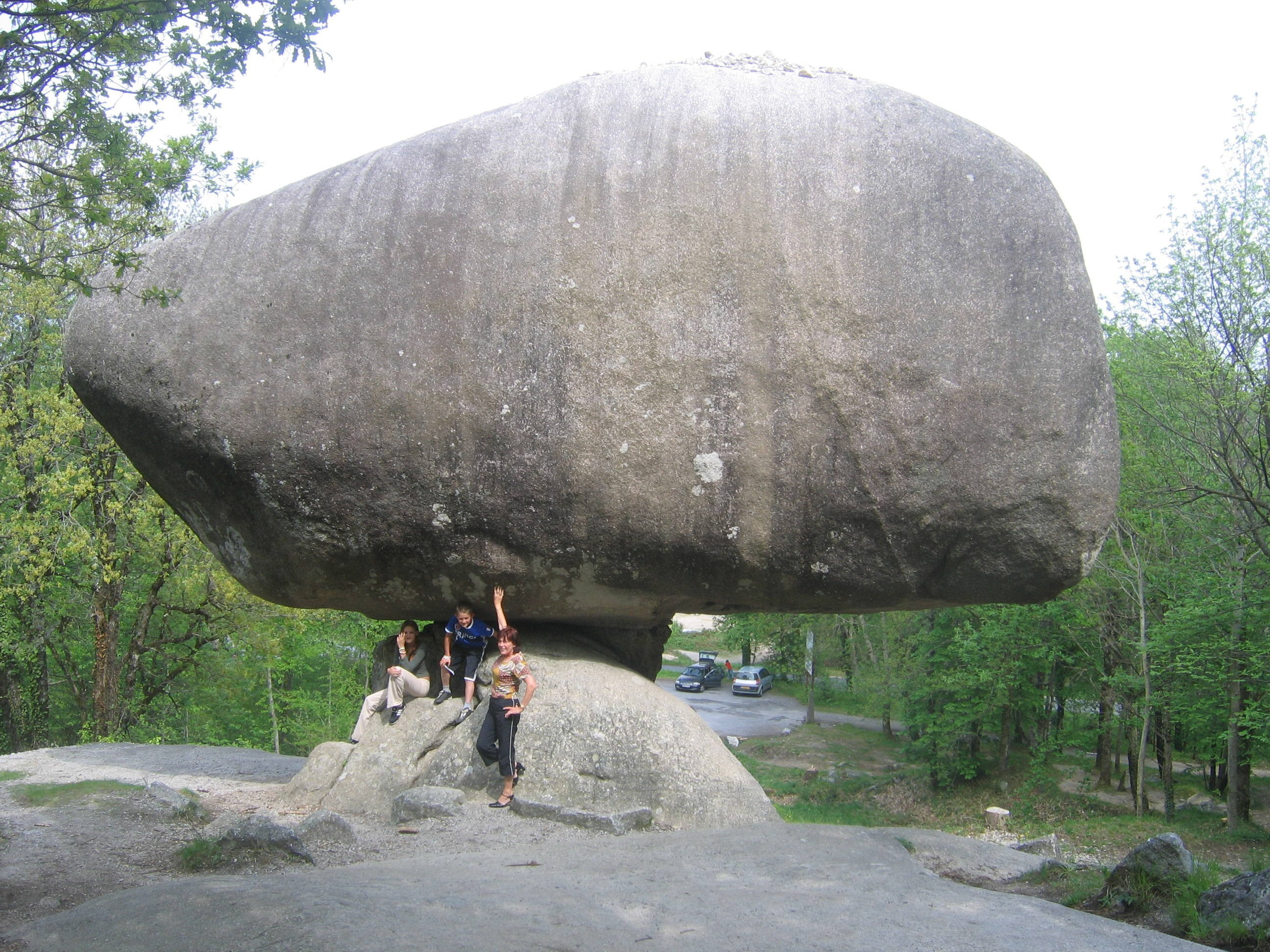1. Museum of Catharism
Located in downtown Mazamet, the Musée du Catharisme traces the history of this medieval religious movement in opposition to the Roman Catholic Church. This unique site in France is housed in a fine 19th-century residence. Set in the heart of the Montagne Noire, the 300 m2 exhibition space presents the life of these dissidents who rejected the material world. This particularity explains why there are no objects linked to this religion, such as statues or reliquaries.
The Cathar faith left its mark on medieval Occitan society for 3 centuries. Audioguides and touchscreen tablets, videos and models, as well as panels illustrate the mysteries of the Cathars and help visitors to discover the rites and legends of this movement.
2. The Sidobre massif
North of Castres, the Sidobre massif is a unique site in Europe. This geological formation is classified as the largest granite plateau in Europe.
The huge granite blocks create unusual shapes, such as the Peyro Clabado, which defies the laws of physics by balancing its 800 tonnes on a much smaller rock. The trail also takes you in the footsteps of the ancient stone-cutters, the "peiraires". You'll discover the vestiges of this activity before the industrialization of granite quarrying.
3. The "Au fil de la Laine" historic route in Mazamet
Take a walking tour through the history of Mazamet, considered the world center of delainage in the 19th century. This small rural town enjoyed a veritable economic boom thanks to this industrial activity, seen as a revolutionary step forward at the time.
All this is the work of Pierre-Elie Houlès, the industrialist behind the technique used to separate sheep skins from their wool. The "Au fil de la Laine" historical itinerary retraces this industrial epic through the urban landscape that grew up around this activity.
As you stroll through the streets of Mazamet, you'll come across elegant townhouses inspired by Parisian architecture, as well as huge wool stores. Mansions from the 1930s, in a style reminiscent of the colors and shapes of Argentine and Uruguayan estancias, bear witness to the import of sheepskins from Argentina.
4. The Himalayan footbridge
You may have caught a glimpse of the local landscape from the plane window on your flight to Castres-Mazamet airport. But crossing the Himalayan footbridge gives you an exceptional view of the valley. The only one of its kind in Occitanie, the aerial walkway links the Gorges de l'Arnette to Mazamet via a 140-metre-long crossing at a height of over 70 metres.
A vertiginous ride for thrill-seekers, just a stone's throw from Castres. The footbridge is accessible via two signposted paths that take you across the Montagne Noire. You can take the spectacular mid-19th-century Jardins Cormouls Houlès, or the Chemin de la Jamarié, an ancient salt route and Roman road.
5. The medieval village of Hautpoul
Legend has it thatHautpoul was built by a Visigoth king in the 5th century. Clinging to its rocky outcrop, the hilltop village is a vestige of the Cathar epic. Witness to the Wars of Religion, the village is located at the entrance to the Montagne Noire. In summer, torchlight guided tours punctuate the village's activities.
Overlooking Mazamet by more than 300 meters, Hautpoul offers exceptional panoramic views. The Notre Dame d'Hautpoul lookout inspired writer Albert Vidal, who described the view before his eyes as "Mazamet emerging from the gorge like a cornucopia".
6. Le Gouffre Géant de Cabrespine
Just 40 minutes from Mazamet and a little over an hour from Castres, a journey to the center of the Earth reveals the riches of the underground world. The giant Cabrespine chasm is one of the 10 most beautiful caves in Europe. There are many ways to visit this 250-meter-deep cavern.
From the top, you can access balconies located 200 metres from the bottom. From here, you can observe the aragonite crystals and overlook the void via a glass walkway.
For the more adventurous, there are two other routes:
- One with zip lines and monkey bridges: the accro grotte de Cabrespine.
- The other is a canoe trip in the footsteps of the explorers, exploring the underground river.
7. Le Militarial: a peace memorial museum
The Tarn maquis sheltered many resistance fighters during the Second World War. The Militarial is a place of remembrance that pays tribute to the fighters of the last century. Housed in a former 11th-century fort, the museum's 6 exhibition rooms and 5,000 objects are a memorial to peace, a reminder of the fragile balance that needs to be preserved.
Military costumes, helmets, lanterns and weapons are meticulously preserved. A library of more than 10,000 books documents subjects relating to the conflicts of the 20th century.
Photo : https://commons.wikimedia.org/wiki/File:Peyro_Clabado.jpg

